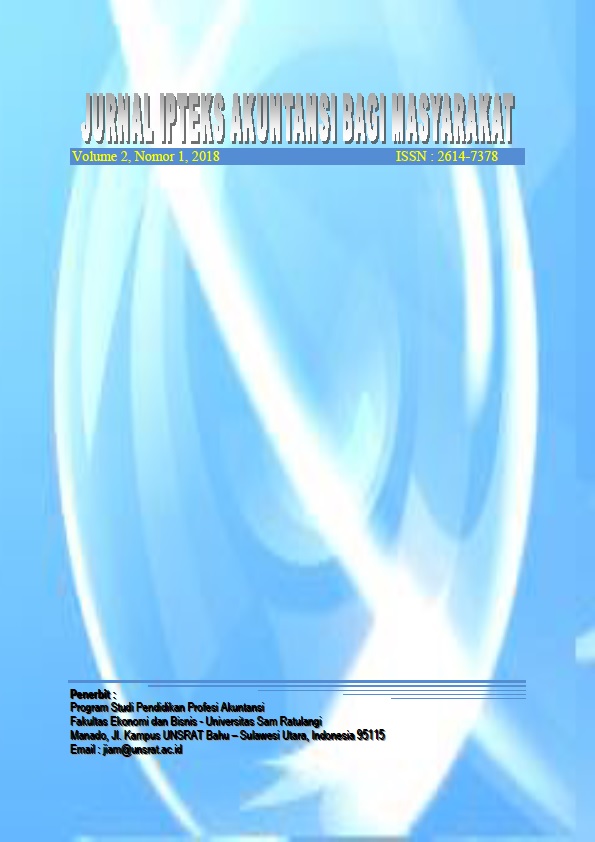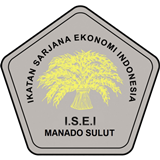IPTEKS PENGENDALIAN INTERN ASET TETAP PADA PT. LUMBUNG BERKAT INDONESIA
DOI:
https://doi.org/10.32400/jiam.2.1.2018.19640Keywords:
Internal Control, Fixed AssetsAbstract
PT Lumbung Berkat Indonesia, as a company entity engaged in construction, of course, this company has various types of fixed assets. The Company's fixed assets should be secured by means of internal controls of fixed assets that will oversee, control costs incurred to acquire fixed assets, increase or extend the fixed asset's useful life and increase operational contribution and productive capacity of fixed assets in order to safeguard the company's property. Based on the research that has been done at PT Lumbung Berkat Indonesia and the existing discussion, the conclusion that can be taken is that the internal control of fixed assets will run efficiently if the points that exist in the elements of control environment, risk assessment, control activities, related information , and monitoring has been well executed amongst companies to perform physical matching of fixed assets, appropriate division of functions and responsibilities, separating expenditures of income and expenses, following insurance against fixed assets, creating audit committees and implementing the abolition and disposal of fixed assets. Suggestions for better companies to explore the knowledge and application of internal control of good fixed assets for corporate activities to run effectively and efficiently and the presentation of financial statements and information about the company's fixed assets is accurate and reliable.
Downloads
Published
Issue
Section
License
Authors who publish with this journal agree to the following terms:
- Authors retain copyright and grant the journal right of first publication with the work simultaneously licensed under a Creative Commons Attribution License that allows others to share the work with an acknowledgement of the work's authorship and initial publication in this journal.
- Authors are able to enter into separate, additional contractual arrangements for the non-exclusive distribution of the journal's published version of the work (e.g., post it to an institutional repository or publish it in a book), with an acknowledgement of its initial publication in this journal.
- Authors are permitted and encouraged to post their work online (e.g., in institutional repositories or on their website) prior to and during the submission process, as it can lead to productive exchanges, as well as earlier and greater citation of published work (See The Effect of Open Access).

 https://orcid.org/0000-0003-3123-7919
https://orcid.org/0000-0003-3123-7919






